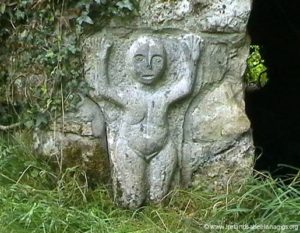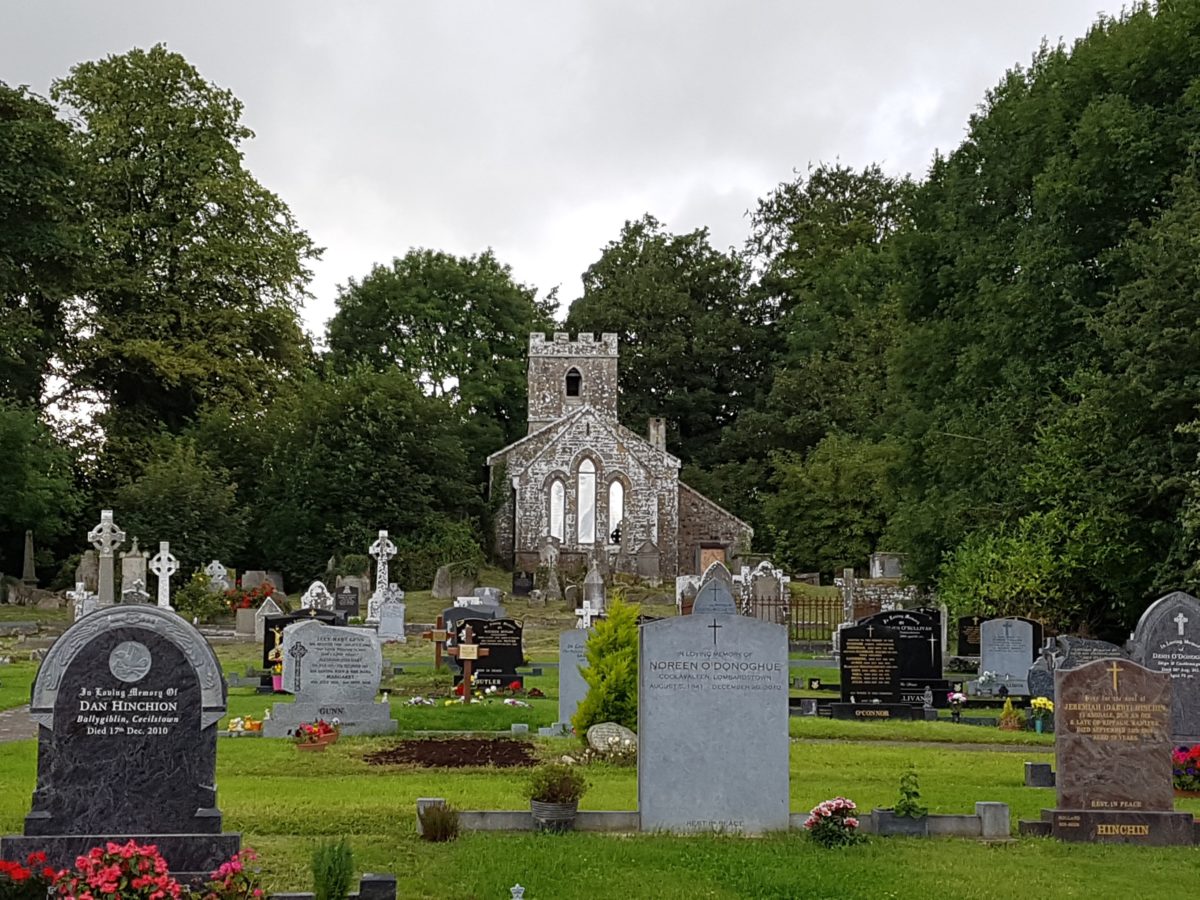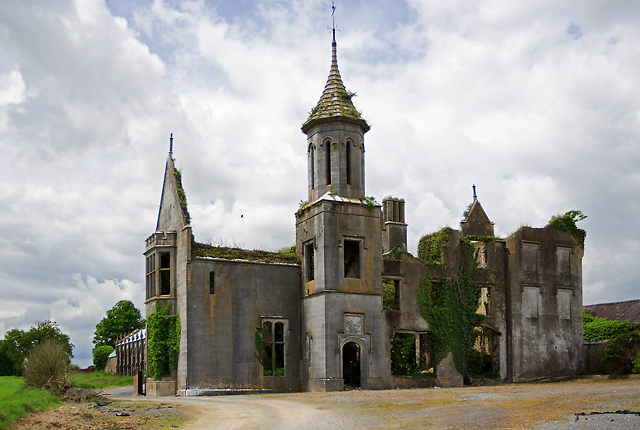The church in Subulter was built in around 780. It was built in a Romanesque style with local limestone. The church was at the centre of an old Gaelic settlement called Mona na Mandaragh. The settlement was probably built by followers of St Berrahert of Tullylease. St Berrahert is credited with converting a druidic settlement (which was probably located around the present site of Marybrook House).

An effigy of Síle Ní Gig, the supreme druidic Goddess of fertility, was set into the wall of the church in Subulter when it was built and later transferred to the Holy Well in Castlemagner. This suggests a strong converted druidic association with the early Christian church in Ireland. This would be in keeping with the Celtic Christian practice and teaching of this time. Continue reading “8TH CENTURY CHURCH IN SUBULTER”


